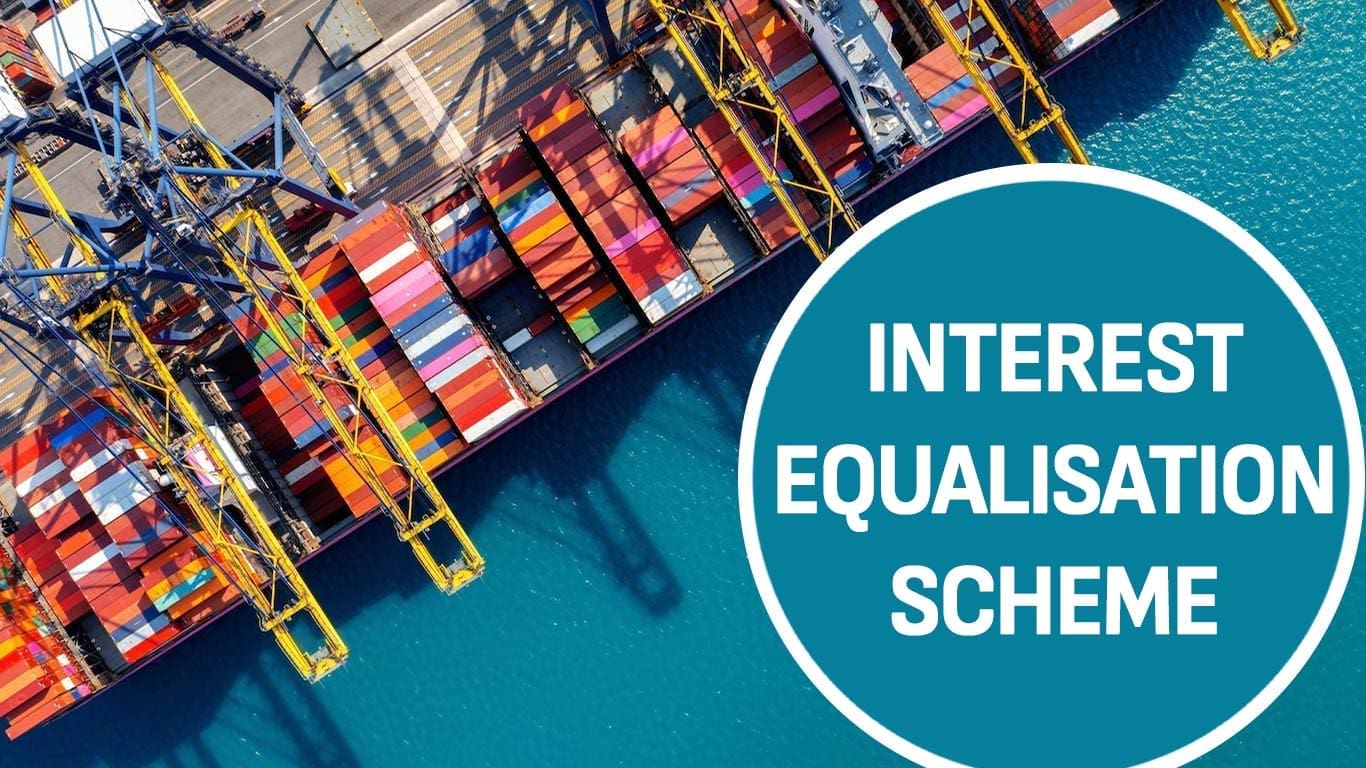The Indian textile export sector is lobbying for the reinstatement of the Interest Equalisation Scheme (IES) in its original form within the upcoming general budget. This plea comes amidst growing concerns about global trade uncertainties, particularly in light of recent pronouncements emanating from the United States’ incoming administration.
The IES, which expired on December 31, 2024, played a crucial role in supporting textile micro, small, and medium enterprises (MSMEs) by providing a 3% subsidy on both pre-shipment and post-shipment export credit. Previously, until June 30, 2024, the scheme also extended a 2% benefit to merchant exporters sourcing goods from domestic manufacturers for a specific list of 410 export products. This mechanism effectively reimbursed banks for the discounts offered to exporters, easing their financial burden.
Textile exporters argue that the IES is essential to maintain their competitiveness on the global stage, especially considering the disparity in credit costs compared to their international counterparts. They point out that export credit in competing nations is often priced between 2-3%, while in India, it can reach as high as 10%. The industry is therefore advocating for the scheme’s five-year renewal, in its most comprehensive form.
Key demands from textile export organizations include reinstating the initial 3% subsidy for MSMEs, and a higher individual exporter benefit cap. While the previous scheme capped benefits at Rs 50 lakh per annum per Import Export Code (IEC), the sector is urging for this limit to be raised to Rs 10 crore to better reflect the scale of their operations.
Originally launched on April 1, 2015, the IES was initially intended to run until March 2020. However, the COVID-19 pandemic necessitated a one-year extension in 2020, followed by subsequent extensions. Its ultimate expiration at the end of December left a void in exporter support, prompting the Ministry of Commerce and Industry to engage in discussions regarding its revival. Notably, the subsidy rates were reduced in October 2021 from their initial 5% for MSME exporters and 3% for manufacturers and merchant exporters.
The IES carried an annual cost of approximately Rs 3,200 crore to the government, with expenditure reaching Rs 3,700 crore in 2023-24. While a budget of Rs 1,700 crore has been allocated for 2024-25 to cover bank liabilities accrued until the scheme’s earlier sunset date of June 30, 2024, the textile sector remains hopeful for its full reinstatement and believes this measure will be essential in keeping the industry competitive in the changing global trade landscape.

